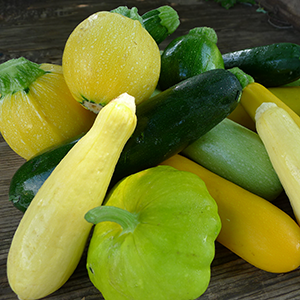
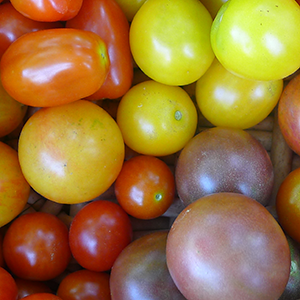
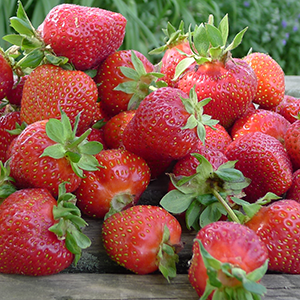
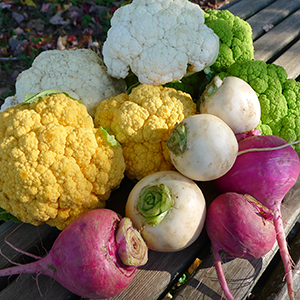
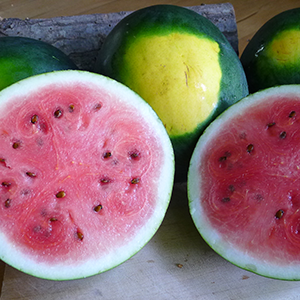
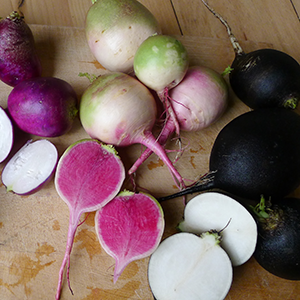



News and Notes | The Anchor Run Blog
Displaying a Single Post |
Show Recent Posts
May 27, 2024
Juggle
by Farmer Derek
Juggle
by Farmer Derek

Embarking on a long hot day of transplanting last week.
Perhaps we're now past the peak of transplanting after putting beans, edamame, lettuce, herbs, chard, basil, peppers, and eggplant in the ground last week, plus another round of beans, edamame, lettuce, and herbs today. Later this week we'll plant watermelon, followed by zucchini, cucumbers, cantaloupe, and sweet potatoes next week. With so much space now occupied by crops that live a long life over the summer months, we're about to transition to the crop maintenance phase of the season.
Tomatoes, for example, need trellis support and weekly pruning; peppers require a stake and twine system to buttress their branches with levels of twine added as plants grow taller; and potatoes require hilling, or mounding, of soil around the plants to encourage additional tubers. It's also peak season for weeds, so their management (aka elimination) will require our undivided attention.
For some crops, like watermelon, cantaloupe, zucchini, and cucumbers, we install fabric ahead of time to suppress weeds and give the crop a head start. For others, about two weeks after transplanting, we go in with stirrup hoes and scuffle the soil when weeds are small and most vulnerable. Some long-lived bare ground crops, like carrots and beets, may require 2-3 cultivations; most others get by with just one. Slow-growing crops like carrots and onions normally need hand weeding as well.
We're never able to remove all of the pest and weed issues from the system but through experience and planning we can mostly ensure the successful harvest of a crop by giving it timely attention.

First hilling of potatoes typically occurs right around Memorial Day.

POSTS BY TYPE
POSTS BY MONTH

